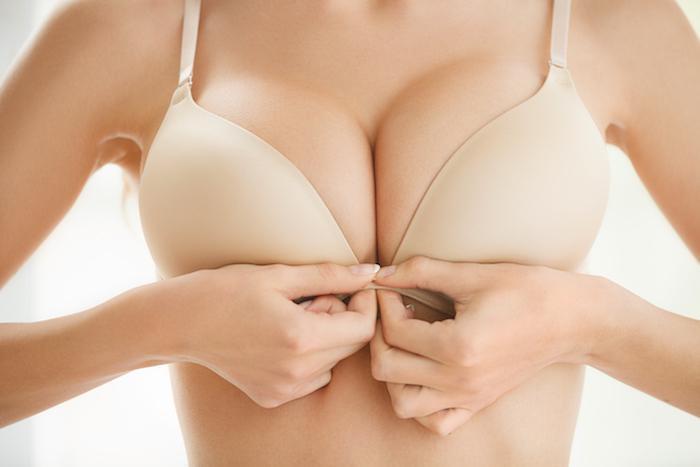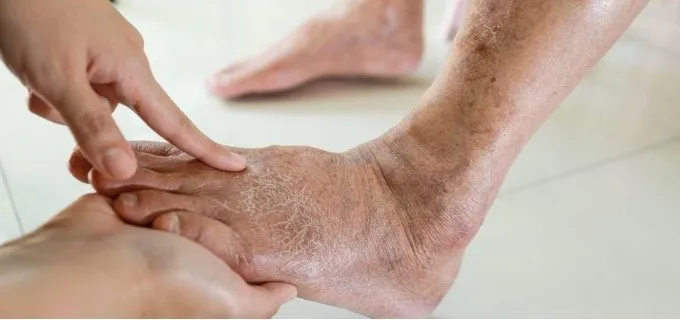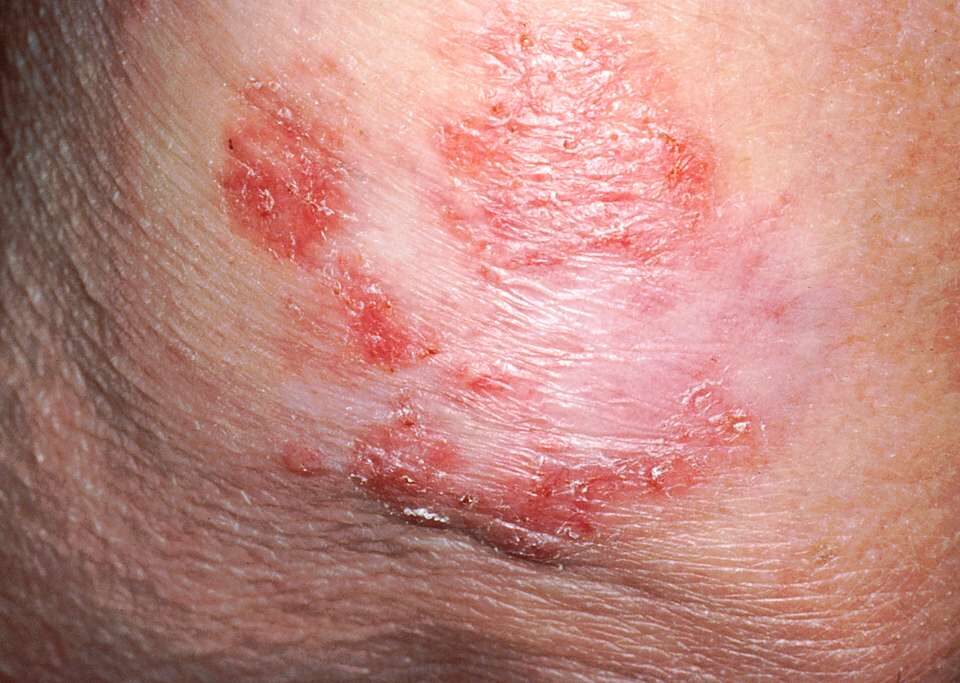
Exploring Treatments for Bunions
October 6, 2025
The Benefits of Reading Labels for Those with Food Allergies
October 6, 2025Several factors, including genetics, pregnancy, and fluctuations in weight, can alter the shape and firmness of the breasts over time. A breast lift is a surgical procedure that raises and reshapes the breasts by removing excess skin and tightening the surrounding tissue. This may result in a more youthful and uplifted breast contour. Understanding the procedure and its influencing factors can help you make an informed decision.
How Does Aging Affect Breasts?
As people age, their skin naturally loses elasticity. This process is a primary contributor to changes in breast appearance. The supportive ligaments within the breasts, known as Cooper’s ligaments, can stretch over time. This stretching, combined with the loss of skin elasticity, may result in sagging, also known as ptosis.
Gravity exerts a constant downward pull, which affects breast tissue and skin throughout life. Hormonal changes associated with menopause can also alter breast tissue, often reducing gland volume and increasing fatty tissue. These combined factors result in breasts that may appear less full and sit lower on the chest wall than they did in earlier years.
What Are the Available Techniques?
Surgeons use several techniques for a breast lift, also known as mastopexy. The choice of technique depends on the degree of sagging, breast size and shape, as well as the desired outcome. Your surgeon will discuss the most suitable approach for your specific anatomy and goals.
Here are some common techniques:
- Crescent Lift: This method involves a small incision along the upper half of the areola’s border. It is best for individuals with minimal sagging and can provide a subtle lift.
- Donut (Peri-areolar) Lift: A circular incision is made around the entire areola. This technique is suited for mild to moderate sagging and may also reduce areola size.
- Lollipop (Vertical) Lift: This technique uses two incisions: one around the areola and another running vertically from the bottom of the areola to the breast crease. It corrects moderate sagging and offers more significant reshaping.
- Anchor (Inverted-T) Lift: The most extensive technique, this involves three incisions: around the areola, vertically down to the breast crease, and horizontally along the crease. It is used for significant sagging and allows for the most substantial reshaping and removal of excess skin.
Each technique offers a distinct level of correction, resulting in a unique scar pattern. Discussing these options with a qualified professional can clarify which procedure aligns with your expectations for both lift and scarring.
When Is the Right Age?
There is no specific “right” age for a breast lift. The decision is typically based on physical changes rather than a number. Adults of any age who are in good general health and have realistic expectations may be candidates. The procedure is most effective when a person’s breasts have fully developed.
It is often recommended to wait until after you are finished having children. Future pregnancies can stretch the skin and breast tissue again, potentially compromising the results of a lift. Similarly, maintaining a stable weight is beneficial, as significant weight fluctuations can also affect the long-term outcome.
Consult a Breast Lift Specialist
Deciding to have a breast lift involves careful thought and personal reflection. The first step is to gather accurate information from a qualified professional who can provide personalized guidance. A board-certified plastic surgeon can evaluate your anatomy, discuss your goals, and explain the available options. They will review your medical history and help you understand the procedure, recovery, and potential results. To learn more about a breast lift and determine if it is right for you, schedule a consultation with a specialist.





